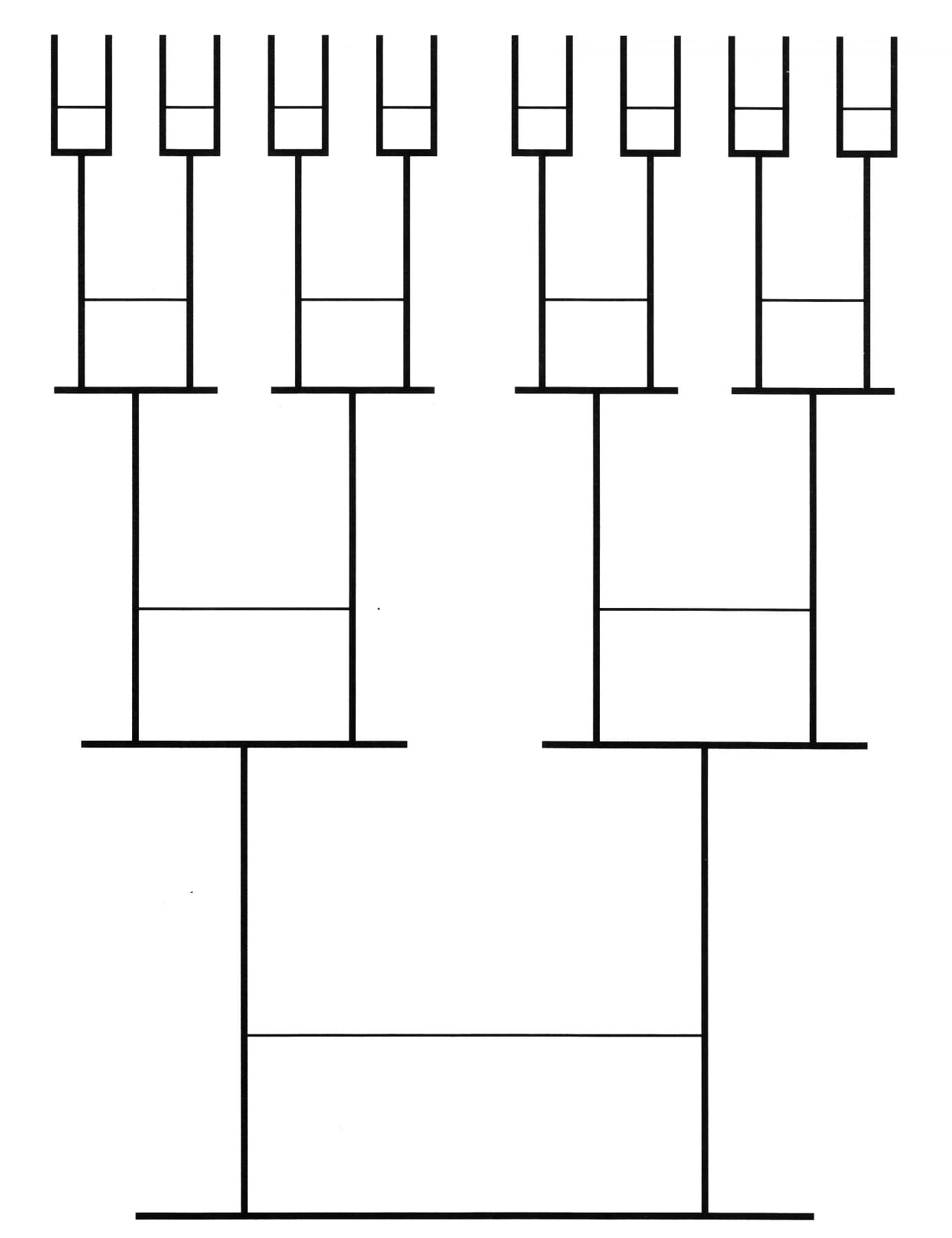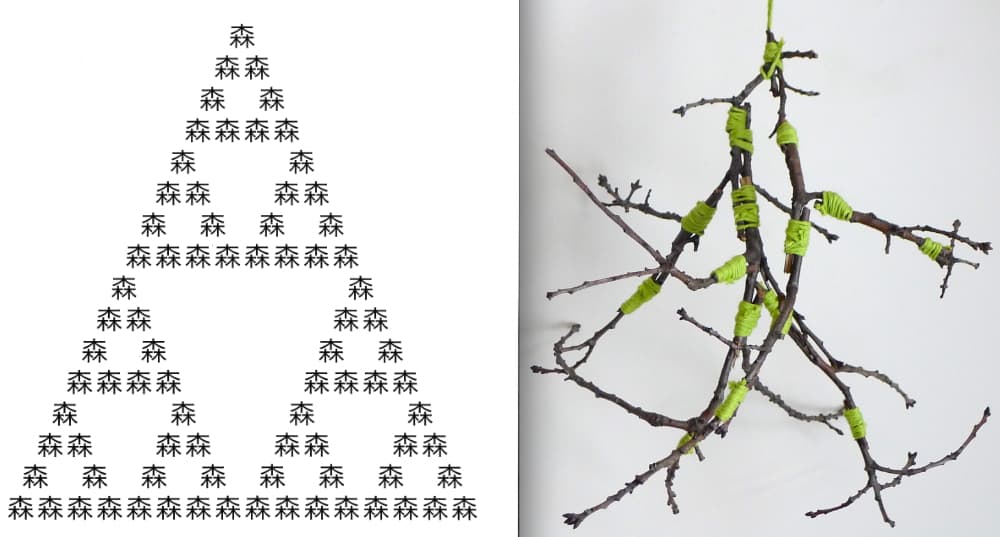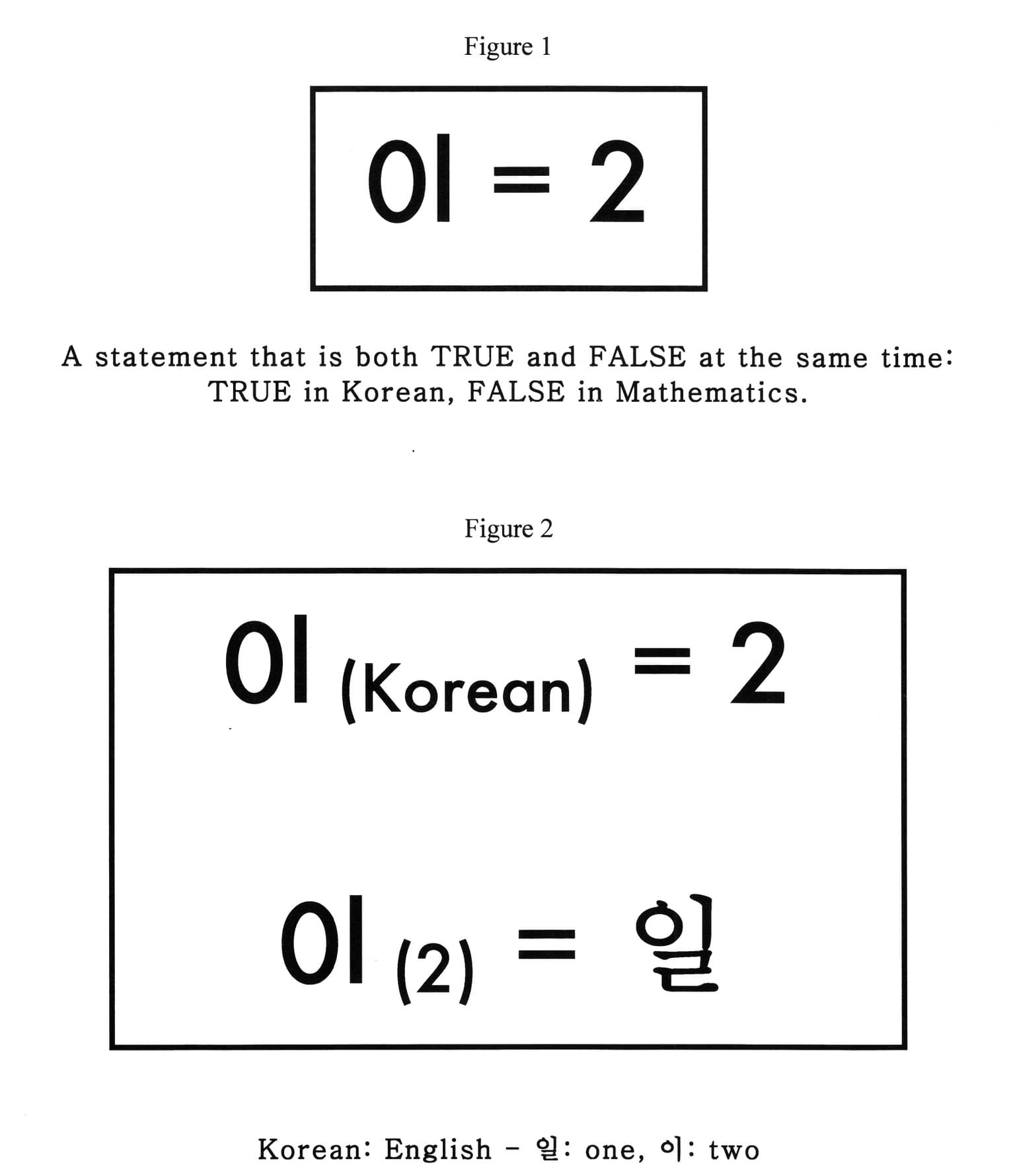Joy Hsiao
Artists
Joy Hsiao
Math Teacher/Pastry Student
Bard High School Early College Queens/The Institute of Culinary Education
New York City, USA
Statement
I started learning Korean around the same time as the 2014 Bridges Conference in South Korea. As someone new to learning Korean, I was less distracted by the meaning of the words, and more in tune with the geometric patterns and the playful mathematical connections I saw in the Korean characters. These discoveries also helped me recognize and appreciate geometric patterns found in the Chinese characters that I had studied since childhood.
Artworks

Infinite Kiss
28 x 22 cm
Paper
2014
The word for “kiss” in Korean, 뽀뽀, caught my attention due to the repeated characters, the symmetries within each character, and together as a word. I saw the fractal-like geometry in the characters immediately and created the fractal, Infinite Kiss, that magnifies the patterns seen in the word. This work was created in Microsoft Excel using the golden ratio.

Two Generalizations of Forests
15 x 18 x 18 cm
Paper, Twigs, and Yarn
2014
The following three Chinese words, 木, 林, and 森, mean “wood”, “woods”, and “forest”, respectively. The word “forest” is written with three characters for “wood”, stacked together in a pyramid formation, and appears to be the beginning of a fractal tree. So I first generalized the word "forest" to a "Forest of Order n", then I further generalized it to a 3D forest made with twigs and yarn.

Word Play
28 x 22 cm
Paper
2014
Mathematicians and philosophers have long studied the truth-value of statements and had invented paradoxical statements like, “This statement is false,” that is false if it is true and true if it is false. While studying Korean, I was intrigued by the number-like vowel, l, and consonant, 0. When written together, 0l, has several meanings in Korean including the number “two”. It also looks like a two-digit binary number that has a mathematical value of one. Putting them together, I created an equation shown in Figure 1 that is both TRUE and FALSE at the same time: 0l = 2 is TRUE in Korean, but FALSE in mathematics. Figure 2 shows two true equations: 0l in Korean means 2 while 0l in base 2 is 1, or 일 in Korean.